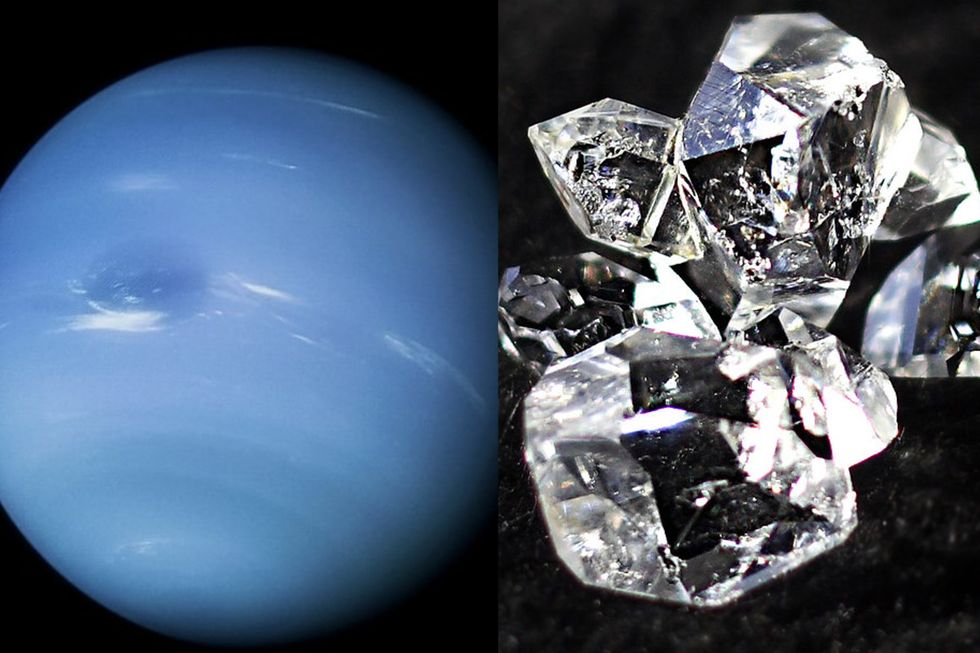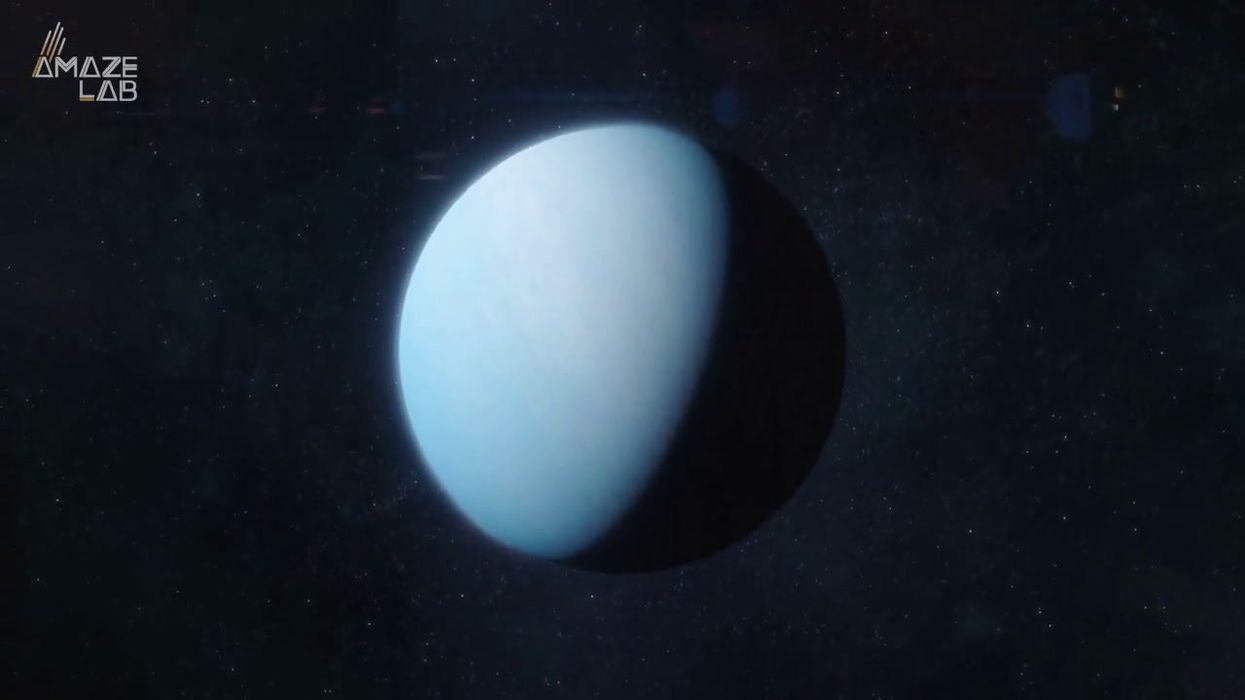Harry Fletcher
Feb 01, 2024
Why Is This Specific Type of Water Prevalent on Uranus and Neptune?
ZMG - Amaze Lab / VideoElephant
It was only last month that we learned that ‘fountains of diamonds’ could be sent shooting up to the surface of the Earth as part of a major geological event.
Now, it’s been revealed that diamond rain is far more common on other planets than you might think.
A new study, published in Nature Astronomy, has revealed that extreme weather conditions involving precious stone precipitation could be relatively common out there in space – not least within Neptune’s atmosphere.
Scientists have studied the processes behind diamond formation, and they’ve found that while diamonds still need vast amounts of pressure and incredibly high temperatures to make them, the conditions required aren’t as extreme as first thought.
It means that plenty of gas planets dubbed “mini-Neptunes” could feature diamond rain – the very idea of which is pretty hard to comprehend.

Siegfried Glenzer from the SLAC National Accelerator Laboratory said about the findings: "This groundbreaking discovery not only deepens our knowledge of our local icy planets, but also holds implications for understanding similar processes in exoplanets beyond our Solar System.”
As well as helping us understand more about the unique weather systems of ice planets, the findings could also help to explain why Neptune and Uranus’s magnetic fields differ to the symmetric field Earth has.
Mungo Frost, from the SLAC National Accelerator Laboratory, said: "It might kick off movements within the conductive ices found on these planets, influencing the generation of their magnetic fields.”
Sign up for our free indy100 weekly newsletter
How to join the indy100's free WhatsApp channel
Have your say in our news democracy. Click the upvote icon at the top of the page to help raise this article through the indy100 rankings
Top 100
The Conversation (0)













